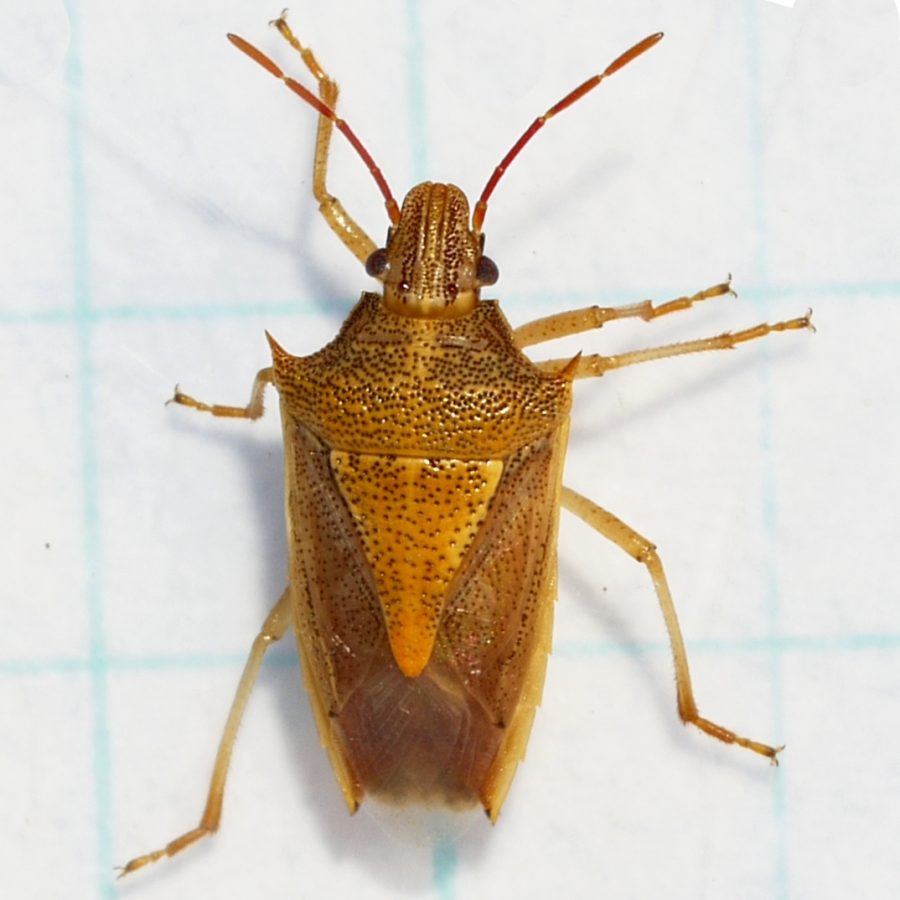Creepy-Crawlers In Your Crib
Sorry to bug you, but we’ve got some important information to share. If you are in your own home right now, please look to your left, and then to your right. Chances are, in that field of vision, you laid eyes on one of 600 species of bugs that live in your house every day! You may ask, “how could someone have possibly discovered that many species of bugs in such a small area?”, or, “how is it even possible to find that many bugs in the first place?” Well, scientists from the University of North Carolina State and the University of Colorado Boulder have just completed a census of hundreds of American households that lay before us the map of how truly diverse the animal kingdom can be in a single home.
Sorry if this information may have freaked you out, but hey, bugs aren’t going anywhere, so it might be in your best interest to get used to them being around. Although, if you’ve been seeing a lot of cockroaches around the house lately, that’s probably not a good thing. The census has shown that the bugs actually reveal information on how clean we keep our homes, and can affect our health. And yes, bug numbers and house size are directly proportional, so if your house is on the bigger side, your bug population is most likely quite large. All it takes to process the information needed to reveal such overwhelming arthropod statistics is a swab of dust particles. The dust is filled with the footprints of every living organism that has stepped into the house, no matter how small. The DNA samples in the dust are sequenced, and the list of bugs is revealed. Other factors can also alter the diversity of the bug population, including pets and house extensions. Houses that were recorded as having dogs saw a much higher diversity of bug life, as well as that of houses with basements.
Just as the housing factors change the bug population, the area of the country in which the home is located in is crucial to the bugs living inside. For example, cockroaches are known to live in warmer, more southern climates; whereas, the ladybug is seen more often in the north. Another crawler is the dust mite, thriving mostly in a more humid climate. It has been scientifically proven that two of the causes for the common disease of asthma are cockroach waste and the dust mite itself. Is is possible that the bugs in our homes could possibly be altering our health that dramatically? Biologist Anne Madden, head of the census, says “It’s good to think about what unexpected arthropods we might be interacting with to figure out how they might be affecting our health in the future,” exposing a possible further experimentation that could possibly put the species in our homes on the wanted list.
So, next time you’re frightened by an unwanted six-legged friend in your bed, rather than crushing it instantly, take a second to think about how it’s affecting your life on a larger scale. Or just crush it, like any normal human being would do. I mean, who would really think about something like that? No one, that’s who.

I am Calvin Yocum. I am the expert of all poll related operations at the Jetstream Journal. I'm currently in my senior year, and I play basketball and...














Avery Rodny • Dec 1, 2016 at 12:52 pm
Gross! I hate finding bugs in my house.
Kate Danis • Dec 1, 2016 at 12:51 pm
Very interesting story, but kinda disturbing
Ashlie Steel • Dec 1, 2016 at 12:08 pm
Eeeeeeekkkkk! 100% freaked out, but great article!